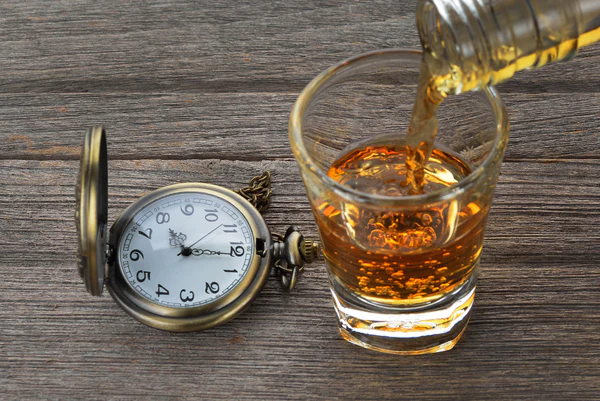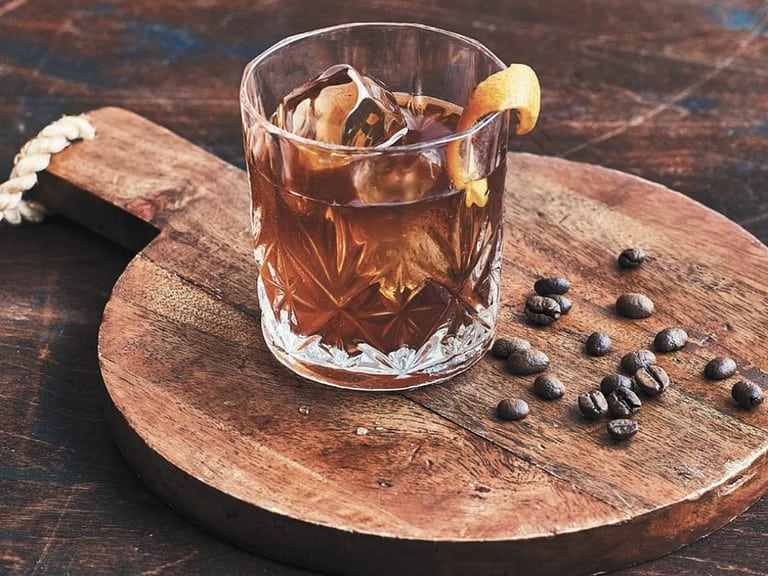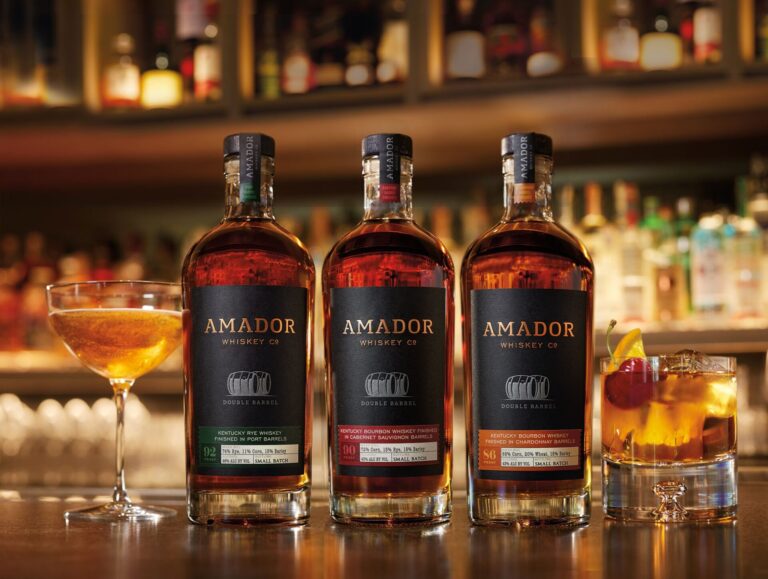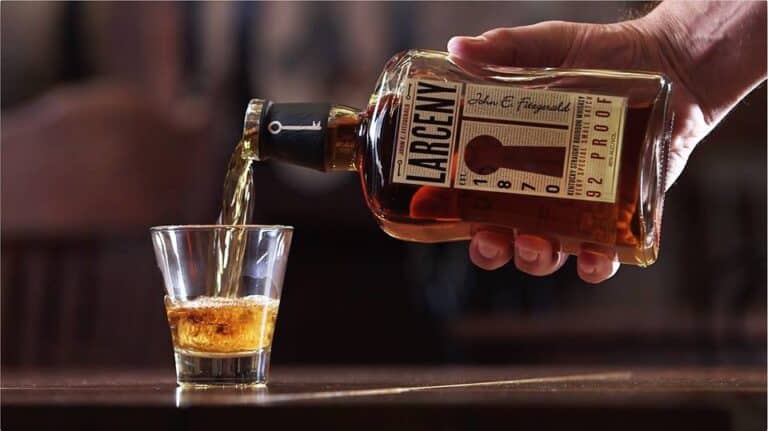How Did Bourbon Become Popular Again?
Bourbon, that amber-hued elixir born in the heart of America, has staged a remarkable resurgence. Once relegated to dusty back shelves, it now graces the finest bars and home liquor cabinets alike. But how did this spirit, steeped in tradition and history, reclaim its throne? Buckle up as we delve into the captivating tale of bourbon’s phoenix-like rise from the ashes.
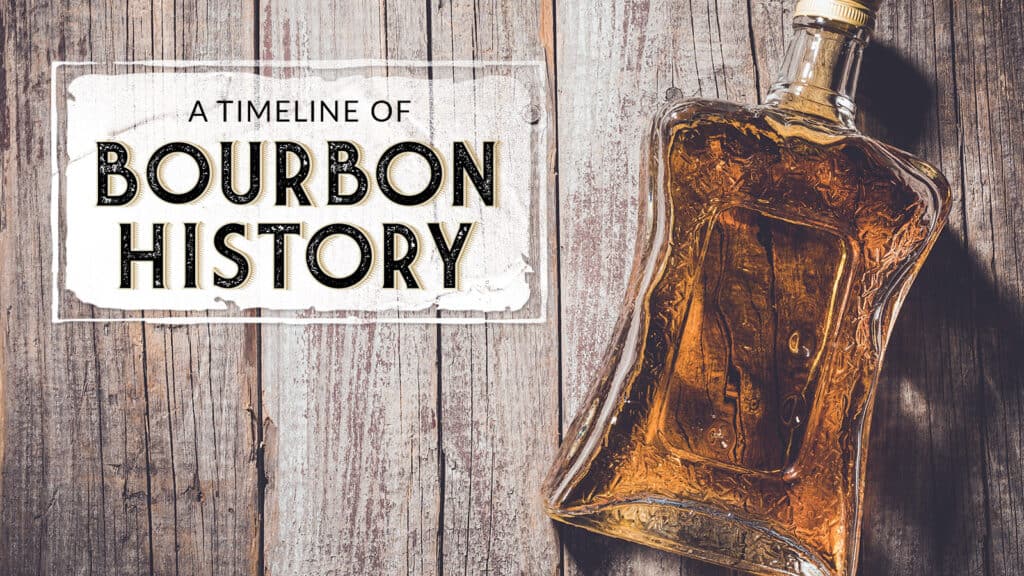
No clichéd welcomes or grand unveilings here—just the intoxicating aroma of a story waiting to be savored. Let’s explore “How did bourbon become popular again.”
Prohibition Era: A Dry Spell for Bourbon
During the infamous Prohibition era (1920-1933), the United States witnessed a curious paradox. While alcohol consumption was banned, the demand for spirits didn’t evaporate—it merely went underground. Bourbon, once flowing freely, faced a sudden drought. Legitimate distilleries shuttered their doors, and clandestine operations sprouted like wildflowers in the moonlit hills of Kentucky.
Bootleggers—those daring souls who defied the law—kept the spirit alive. They distilled in hidden stills, transported their liquid gold in secret compartments, and supplied speakeasies with the forbidden elixir. Bourbon became a symbol of rebellion, a liquid wink at authority. But it was a far cry from the refined, oak-aged nectar we know today.
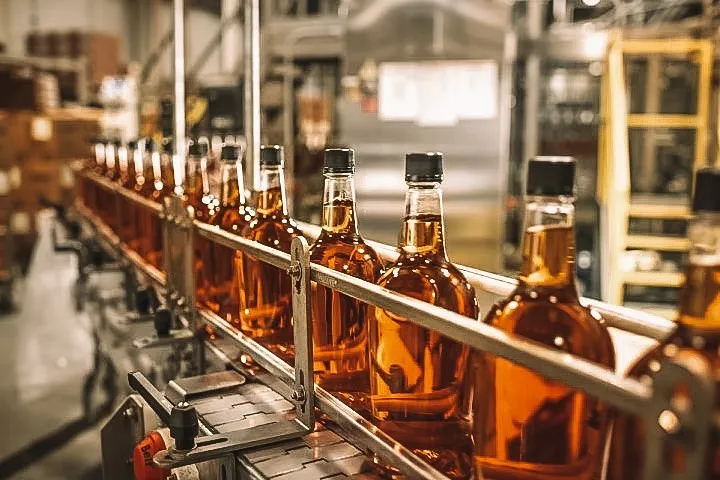

Whiskey Trends: Bourbon Takes a Backseat
As the 20th century unfolded, other spirits began to steal the spotlight. Vodka, with its neutrality and mixability, surged in popularity. Gin danced into cocktails with botanical flair. Bourbon, meanwhile, clung to its old-fashioned reputation. It was the drink of grandpas, dusty bars, and sepia-toned memories. The younger generation gravitated toward trendier libations, leaving bourbon to mellow in the shadows.

The image of bourbon as a drink from the past persisted. It was a relic, a liquid time capsule. The world moved on, and bourbon seemed content to nap in its oak casks, waiting for a revival. But oh, how the tides would turn. The next section unravels the mystery of bourbon’s phoenix-like ascent—a tale of craft, cocktails, and cultural reawakening.
How Did Bourbon Become Popular Again? Crafting Cocktails, and Culture
Craft Distilleries: Small-Batch Magic
In the heart of Kentucky, a quiet revolution unfolded. Enter the craft distilleries—small-batch artisans with a reverence for tradition.
They didn’t just make bourbon; they wove it into their DNA. These passionate alchemists resurrected forgotten recipes, polished copper stills, and whispered secrets to their aging barrels.
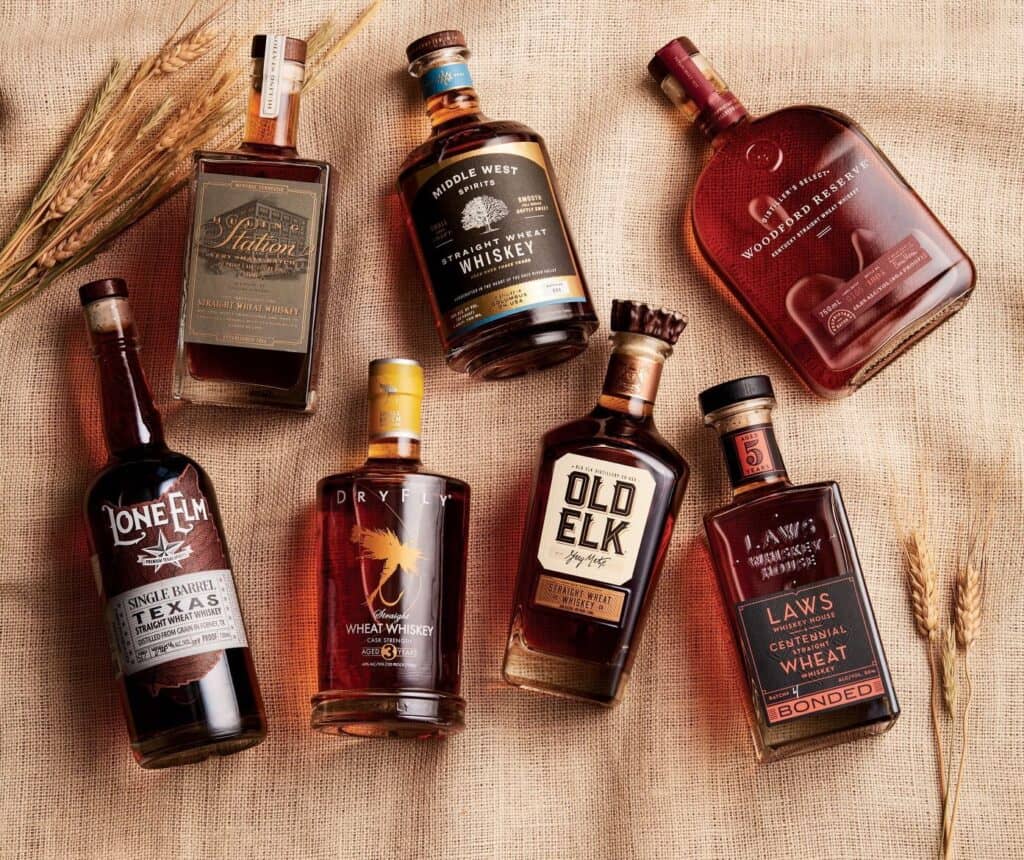
The result? Bourbon with character. No mass production, no shortcuts. Each drop told a story—a tale of patience, oak, and the slow dance of time. Suddenly, the dusty old spirit had a fresh coat of allure. People flocked to tasting rooms, sipping liquid history. The craft movement breathed life into bourbon’s veins, and aficionados reveled in its authenticity.
Cocktail Culture: Shaking Up the Scene
Bourbon wasn’t content with a solo act. It wanted to mingle, flirt with flavors, and shimmy in cocktail glasses. Mixology became the buzzword. Bartenders, armed with muddlers and shakers, concocted liquid symphonies. The classics returned: the Old Fashioned, sultry, and timeless; the Manhattan, dressed in vermouth and cherry; and the rebellious Mint Julep, sipped on sun-drenched porches.

Suddenly, bourbon wasn’t just a neat pour—it was a star in the ensemble. The clink of ice, the citrus twist, the aromatic bitters—it all elevated the amber elixir. People swapped stories over highball glasses, celebrating life’s victories and weathering its storms. Bourbon became the soundtrack to laughter, whispered confessions, and late-night musings.
Pop Culture Influence: From Screen to Sip
Hollywood caught the fever. TV shows and movies embraced bourbon like an old friend. Don Draper swirled it in his glass on “Mad Men.” Raymond Reddington sipped it while outwitting the FBI on “The Blacklist.” Suddenly, bourbon wasn’t just a drink; it was a character—a brooding antihero, a smooth-talking detective, a flawed protagonist.
Celebrities joined the chorus. Matthew McConaughey waxed poetic about Wild Turkey, and Mila Kunis flirted with Jim Beam.
Bourbon became the cool kid at the party, the one everyone wanted to know. And as the silver screen flickered, so did the glasses in living rooms across the globe.
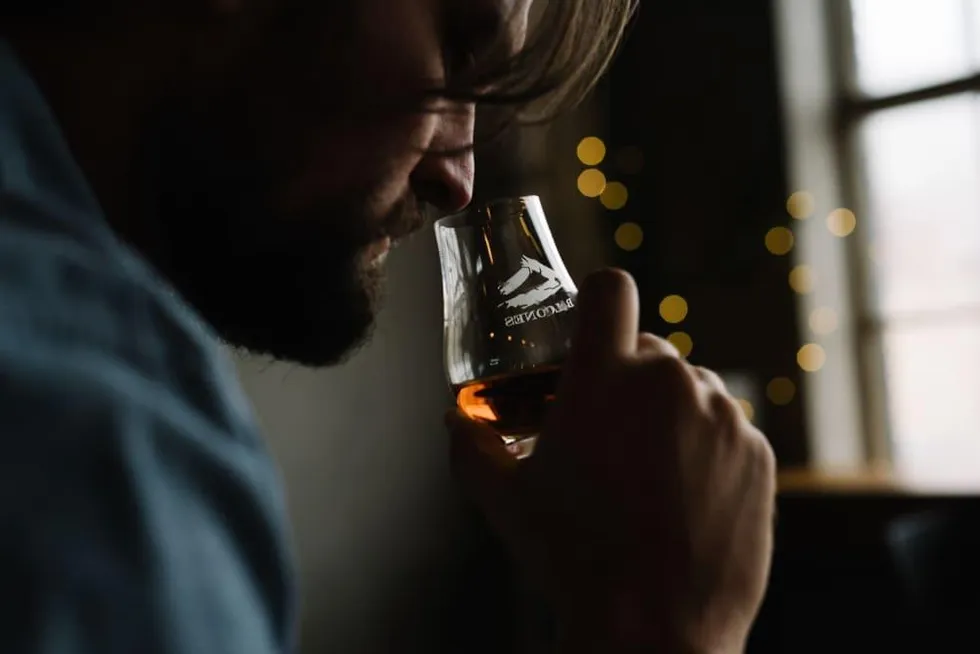
Global Whispers: Bourbon’s Passport
Word traveled. Across oceans, borders, and language barriers, bourbon whispered its secrets. Japan, Germany, Australia—they all leaned in. The amber nectar transcended its American roots. Suddenly, bars in Tokyo stocked rare bottles, and Parisians debated mash bills over croissants. Bourbon was no longer a local affair; it was a global fling.
And so, from the hills of Kentucky to the neon-lit streets of Seoul, bourbon flowed. It didn’t shout; it seduced. The revival was complete—the phoenix had risen, feathers aflame with flavor.
Flavor Profiles and Innovation A Symphony of Tastes
Bourbon isn’t a one-note wonder; it’s a symphony of flavors. Let’s explore the diverse flavor profiles that make bourbon a captivating sip:

- Straight Bourbon: The classic. Imagine warm caramel, vanilla, and toasted oak. It’s like a cozy fireside chat in a glass. Sip it neat, or let it dance with a single ice cube.
- Wheated Bourbon: Here, wheat takes the spotlight alongside corn. Expect a softer, sweeter melody. Think honey, baking spices, and a gentle hug from the oak barrel.
- Rye Bourbon: Rye spices crash the party. Picture cinnamon, clove, and a touch of peppery sass. It’s the rebel cousin—bold, vibrant, and unapologetic.
Innovations in the Barrel Room
- Char Levels: Distillers play with fire—literally. They adjust the char level of barrels. More char means deeper flavors. Less char? A lighter, flirtatious bourbon.
- Finishes: Bourbon moonlights in other barrels. Port, sherry, and wine casks lend their essence. The result? Unexpected harmonies—fruit notes, chocolate whispers, and a dash of intrigue.
- Infusions: Some distilleries flirt with flavors. Cinnamon-infused bourbon warms winter nights. Chocolate-infused bourbon? Dessert in a glass. It’s bourbon but with a secret handshake.
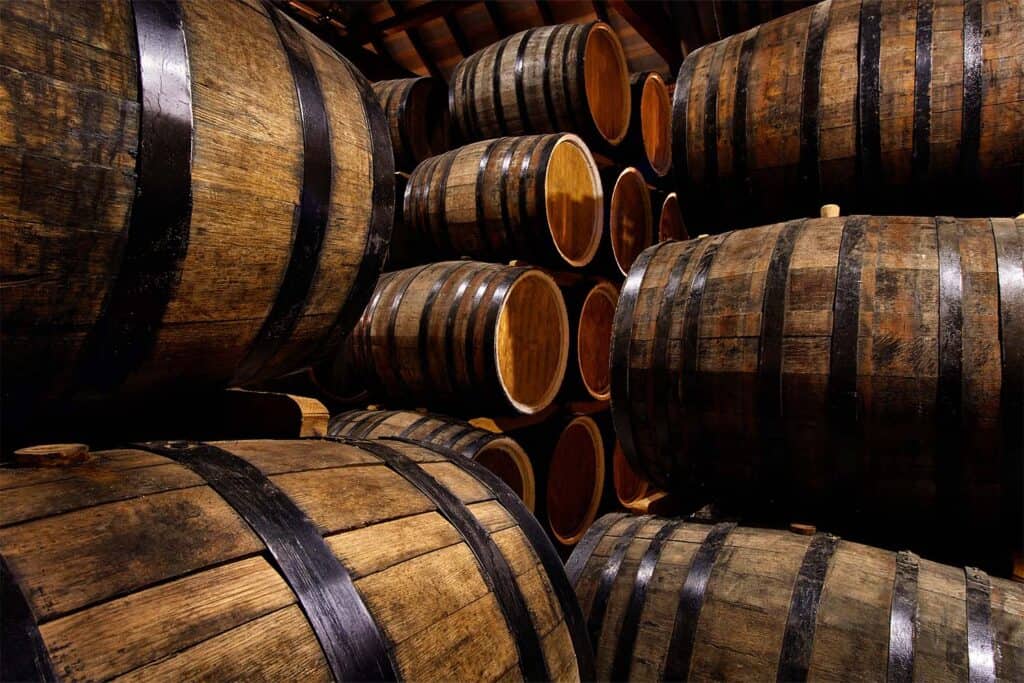
Final Analysis
This is “How did bourbon become popular again.” As the amber liquid swirls in your glass, consider these parting whispers from the world of bourbon. Bourbon isn’t meant for hurried gulps. It’s a symphony of flavors—caramel, oak, and memories.
Let it linger on your palate, revealing its intricate layers. Life, too, deserves this unhurried attention. Sip it like a cherished conversation, not a race. Bourbon isn’t just a drink; it’s a tale. When you pour that golden elixir for friends, weave its history. Talk about craft distilleries, the jazz of mixology, and the global wanderlust of this spirit. Let bourbon be your passport to connection.
So, my fellow bourbon enthusiast, raise your glass. May your journey be as rich as the liquid gold you hold—a revival, a celebration, and a nod to tradition. Cheers!
FAQs
- What Makes Bourbon Unique? Bourbon is a distinctly American whiskey, crafted primarily from corn and aged in new charred oak barrels. Its rich, sweet flavor profile sets it apart from other spirits.
- Why Did Bourbon Decline? During Prohibition (1920-1933), legal restrictions stifled bourbon production. Additionally, changing tastes favored other spirits like vodka and gin.
- How Did Craft Distilleries Revive Bourbon? Small-batch distilleries embraced tradition, focusing on quality over quantity. Their passion breathed life into bourbon, attracting enthusiasts seeking authenticity.
- Why Did Cocktails Play a Role? Mixology became an art form. Classic cocktails like the Old Fashioned and Manhattan showcased bourbon’s versatility, making it cool again.
- What About Pop Culture Influence? TV shows and celebrities celebrated bourbon. It became more than a drink—it was a character, a lifestyle.
- Is Bourbon a Global Phenomenon? Absolutely! Bourbon transcended borders. From Tokyo to Paris, people embraced its flavors and heritage.
- What Innovations Are Shaping Bourbon? Distillers experiment with char levels, barrel finishes, and flavor infusions. Bourbon evolves while honoring tradition.

